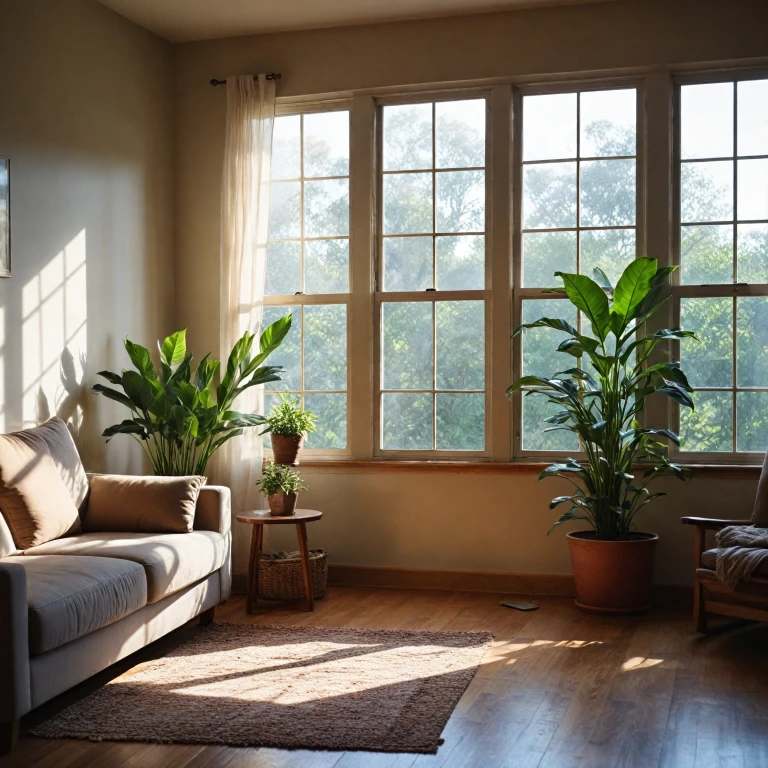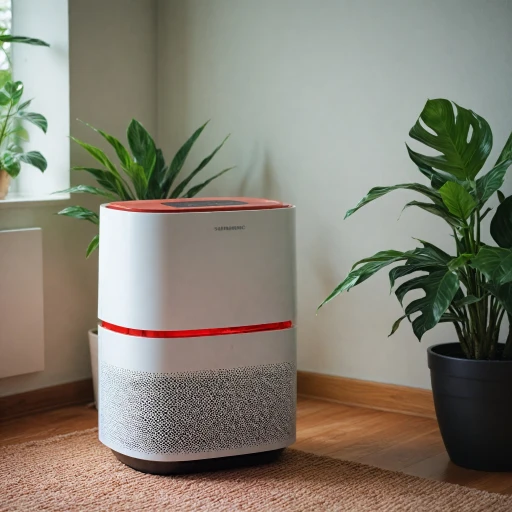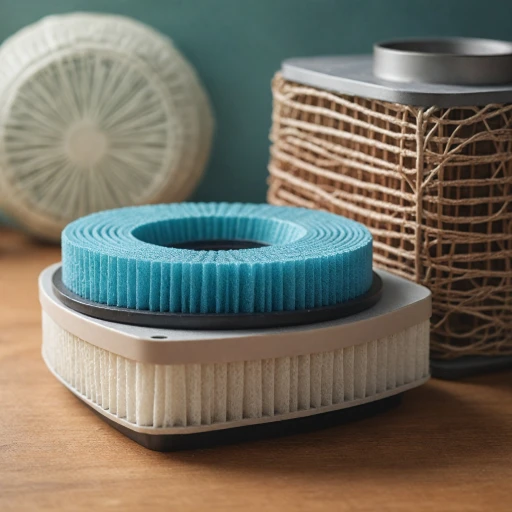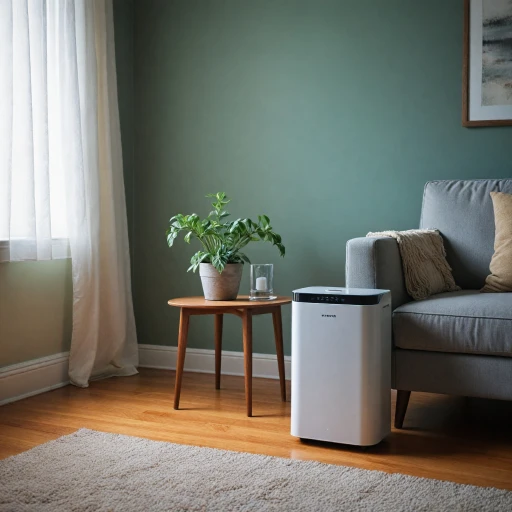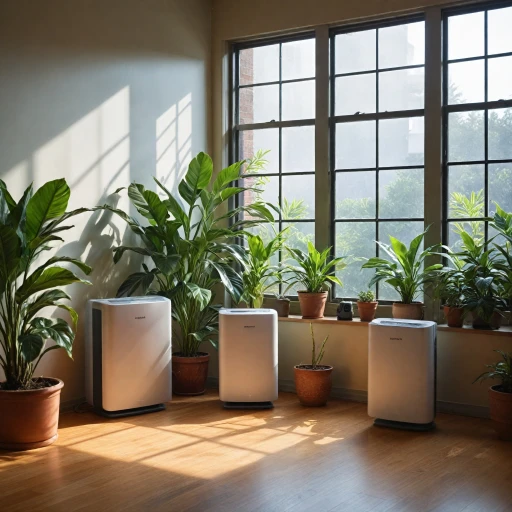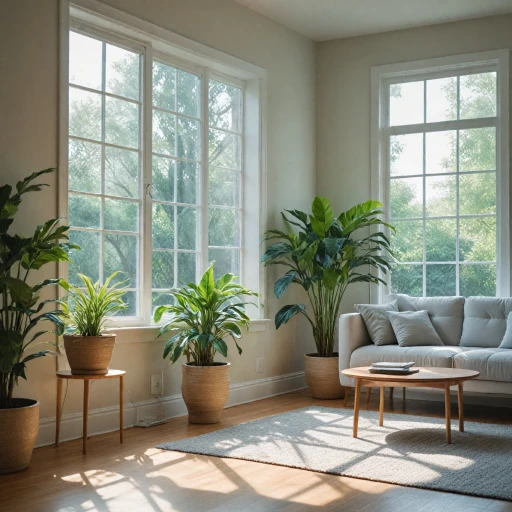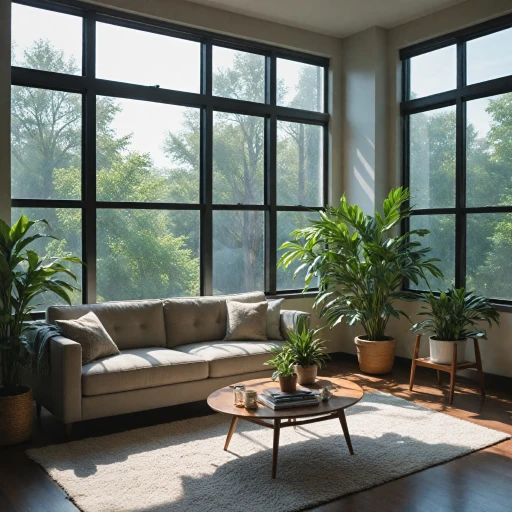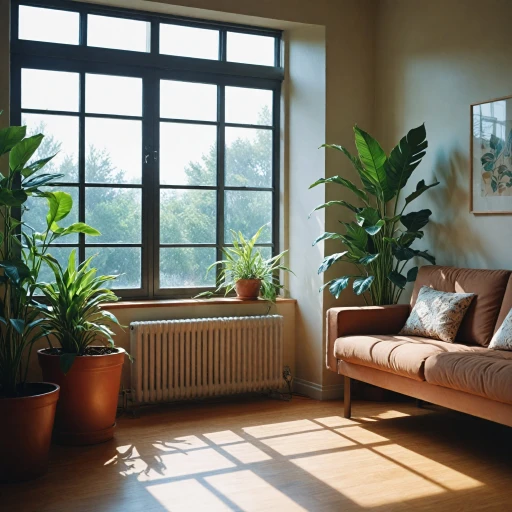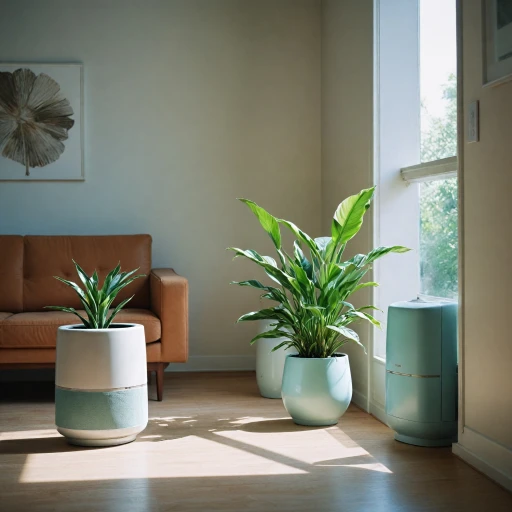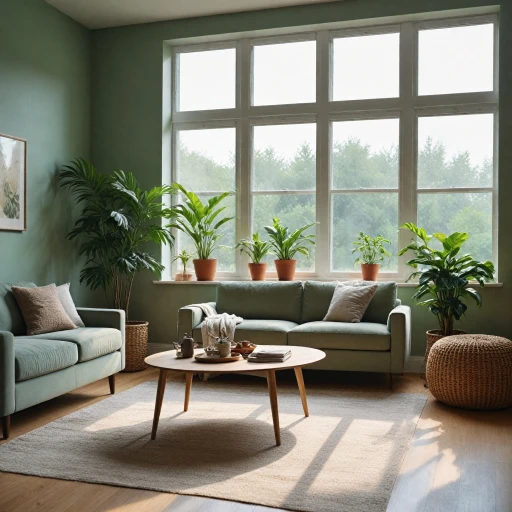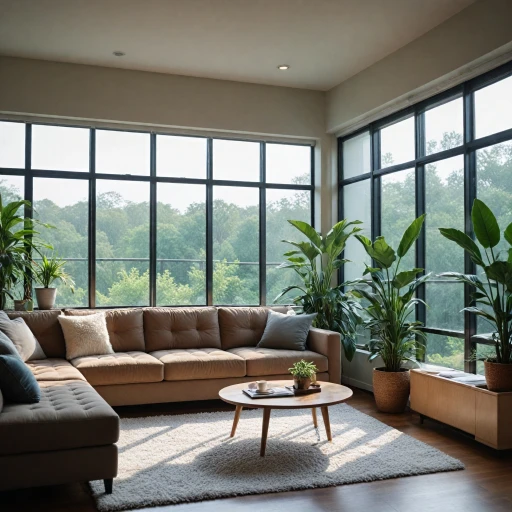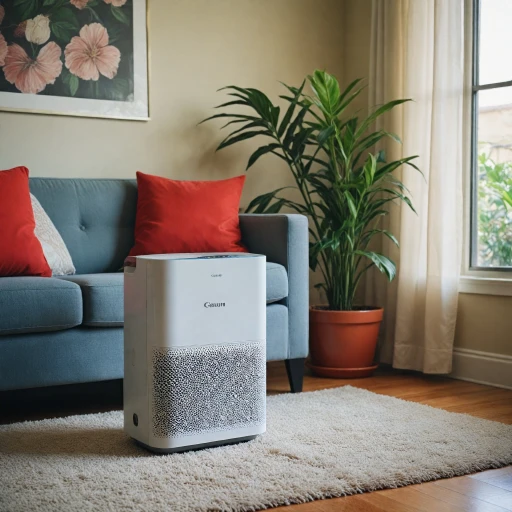
Understanding Dust and Its Sources
What is Dust and Where Does It Come From?
Dust is a common household nuisance, consisting of tiny particles that can affect indoor air quality. These particles are a mix of various substances, including skin cells, fabric fibers, pet dander, and even dust mites. Understanding the sources of dust in your home is crucial for effective dust control.
Common Sources of Dust
- Human Activity: Everyday activities like walking or cleaning can stir up dust particles. Skin cells and hair contribute significantly to indoor dust.
- Pets: Pet dander and fur are major contributors to dust, especially in homes with animals.
- Outdoor Elements: Dust can enter your home through open windows and doors, bringing in pollen and other outdoor pollutants.
- Household Items: Fabrics from furniture, carpets, and curtains can shed fibers, adding to the dust accumulation.
Impact of Dust on Indoor Air Quality
The presence of dust in your home can significantly affect air quality. Dust particles can carry allergens and pollutants, which may trigger allergies or respiratory issues. Maintaining clean air is essential for a healthy living environment.
For more tips on reducing dust and allergens at home, you can explore enhancing air quality tips that can help you manage dust effectively.
How Air Purifiers Work
Air Purifiers and Their Functionality
Air purifiers can be essential tools in maintaining a clean indoor air environment by tackling tiny particles in the air. These devices are engineered to draw in air, filter out dust particles and other pollutants, and then circulate clean air back into the room. But how exactly do they pull off this particle-fighting magic? Air purifiers work by using filters, and at the heart of many purifiers are HEPA filters. HEPA, or high-efficiency particulate air filters, are designed to remove at least 99.97% of particles as small as 0.3 microns. This includes common pollutants like dust mites, pet dander, and tiny dust particles that infiltrate indoor spaces. As a result, using a purifier equipped with a HEPA filter can significantly enhance indoor air quality. For those concerned about pollutants other than dust, newer air purifier models often incorporate additional filtration technologies. Activated carbon filters, for instance, are excellent at removing odors and certain gases, further improving the air quality in your home. Many purifiers also employ ultraviolet (UV) light technology to neutralize bacteria and viruses, providing an added layer of protection. An important aspect of how these purifiers work is their ability to draw in air effectively. To achieve this, air purifiers typically require a fan to continuously pull air through the filters, ensuring even larger rooms benefit from clean air circulation. Airflow efficiency results in substantial reductions in airborne dust particles, contributing to healthier indoor environments. In summary, air purifiers, through their sophisticated filtering systems, help with maintaining a cleaner home environment by effectively removing dust. For further advice on strategies to enhance air quality further, consider following some tips for reducing dust and allergens at home.Types of Air Purifiers and Their Effectiveness Against Dust
Different Models and Their Efficiency
When it comes to selecting the right air purifier for reducing dust, it's crucial to understand the variety of models available and how they work in capturing dust particles. Each type of air purifier operates using distinct mechanisms, offering varying levels of effectiveness against indoor air pollutants and dust.HEPA Filters: Efficiency Among Air Purifiers
High-efficiency particulate air (HEPA) filters are renowned for their capability to trap particles as small as 0.3 microns. This makes them particularly effective in capturing a large percentage of dust, dust mites, and even pet dander, enhancing air quality by maintaining a clean environment. An ideal choice for those looking to improve indoor air, HEPA purifiers help in removing pollutants efficiently.Electrostatic and Ionic Purifiers
Electrostatic and ionic purifiers work differently than filtered purifiers by using charged particles. They send out ions that latch onto dust particles, making them heavy enough to fall onto surfaces, or attract them to a charged collection plate. While they can reduce airborne dust, these purifiers may not be as effective at permanently removing dust particles from your home.Activated Carbon Filters for Removing Odors and Dust
Activated carbon filters are excellent at removing odors and volatile organic compounds from the air. While they primarily target gases, they can be paired with other filtering methods to enhance the clean air output in your room. They are often included in combination with other filters in air purifiers to tackle a wider range of indoor air issues.UV Purifiers: Seek Professional Advice
UV purifiers utilize ultraviolet light to destroy the DNA of microorganisms like bacteria and viruses. However, these types might require professional guidance to ensure their efficiency and safety. They are more focused on biological contaminants and don’t significantly "help with" removing dust unless combined with other filtration methods. For further insights on choosing the right air filter, including those that can specifically target dust mites, you may find this detailed guide on choosing the right air filter helpful. Each purifier type has its strengths and might be chosen based on specific needs around air quality improvement and dust removal requirements. Understanding these nuances will assist in making an informed decision tailored to your home's unique demands.Benefits of Using an Air Purifier for Dust Control
Advantages of Utilizing Air Purifiers for Dust Management
Incorporating air purifiers into your living space can significantly enhance the air quality by effectively curbing dust issues. Here’s how using these devices can be beneficial:- Improved Indoor Air Quality: Air purifiers contribute to cleaner air by filtering out particles such as dust, allergens, and even pet dander. With high-efficiency particulate absorbing (HEPA) filters, they are capable of capturing fine dust particles, thereby improving indoor air.
- Reduction of Dust Mites and Allergens: With consistent use, air purifiers help reduce the presence of dust mites and other allergy-triggering particles. HEPA filters, known for their effectiveness, play a crucial role in this process.
- Control of Pet Dander: For pet owners, air purifiers can be particularly beneficial. Pet dander, often a trigger for allergies, is steadily reduced when air purifiers are used, helping maintain a healthier environment.
- Enhanced Comfort and Cleanliness: By diminishing the amount of dust and maintaining a low level of pollutants in the room, air purifiers foster a cleaner and more comfortable home environment. Devices like the Blue Pure or Air Pro can effectively combat dust particles.
- Support in Respiratory Health: Cleaner air means less strain on your respiratory system. Purifiers dust intention can directly aid in respiratory health by providing consistent, clean air free from contaminants.
Considerations When Choosing an Air Purifier
Key Factors in Selecting the Right Air Purifier
Choosing the right air purifier is essential for enhancing indoor air quality and effectively reducing dust particles in your home. Here are some key considerations to keep in mind:Room Size and Coverage
To ensure your air purifier works effectively, choose one that matches the size of the room where it will be used. The performance of purifiers helps in managing dust will depend on their ability to circulate and filter air efficiently. Check the Clean Air Delivery Rate (CADR) to understand the volume of clean air the purifier can produce in a room size. This will give you an idea of its capability to handle dust particles, pet dander, and other pollutants.Filter Type and Efficiency
The quality of filters within an air purifier significantly impacts its capability to remove particles air effectively. HEPA filters, for instance, are renowned for capturing up to 99.97% of particles as small as 0.3 microns. This includes dust mites, pollen, and smoke particles. If you're considering a model like the Air Mini or Blue Pure, verify if they come with HEPA filters or high-efficiency particulate absorption options.Noise Levels
Consider the noise level of the air purifier, especially if it will be placed in a bedroom or workspace. Some units may disturb activities with loud operation. Check the decibel rating to ensure the purifier operates quietly while still providing effective dust air removal.Maintenance and Filter Replacement Costs
The long-term efficiency of purifiers dust depends on regular maintenance, particularly changing the filters. Check the availability and cost of replacement filters and estimate how often they need to be changed to maintain clean air. Some advanced models come with filter replacement indicators, helping you keep track of filter lifespan and ensuring optimal performance.Additional Features
Some air purifiers offer extra features that could benefit air quality management. For instance, air pro models might include smart sensors that adjust settings automatically based on indoor air quality. Verify the ease of use and whether any additional features align with your needs and preferences. Taking these factors into consideration will help you select an air purifier tailored to your home's needs, ensuring effective reduction and removal of dust and other indoor pollutants.Additional Tips for Reducing Dust in Your Home
Maximizing Dust Control in Your Space
To complement the effectiveness of air purifiers in reducing dust, it's crucial to incorporate additional strategies that ensure a cleaner living environment. Here are some practical tips to help minimize dust build-up and enhance indoor air quality:- Vacuum Regularly: Use a vacuum cleaner equipped with HEPA filters to effectively capture dust particles, pet dander, and dust mites. Vacuuming your home frequently will significantly reduce the amount of dust in the air.
- Maintain Clean Surfaces: Dust and wipe down surfaces with damp cloths or microfiber dusters to prevent dust from becoming airborne. These tools can trap dust particles more effectively than dry alternatives.
- Ensure Proper Ventilation: Poor ventilation can contribute to the accumulation of dust. Regularly open windows or use exhaust fans to promote air circulation and remove dust particles from indoor air.
- Monitor Humidity Levels: High humidity can worsen dust conditions by allowing dust mites to thrive. Consider using dehumidifiers if your home is prone to excessive moisture.
- Choose the Right Bedding: Dust mites can accumulate in bedding. Opt for hypoallergenic covers and wash your bedding weekly in hot water to keep dust mites at bay.
- Groom Pets Regularly: Regular grooming and bathing of pets can help control shedding and reduce the amount of pet dander in the air.
- Implement a No-Shoe Policy: Shoes can track in dirt and dust from outside. Encourage family members and guests to remove their shoes upon entering your home to minimize dust entry.
- Regularly Change Air Filters: Whether it's in your HVAC system or your air purifier, ensure that filters are replaced or cleaned as needed to maintain their dust-trapping efficiency.
